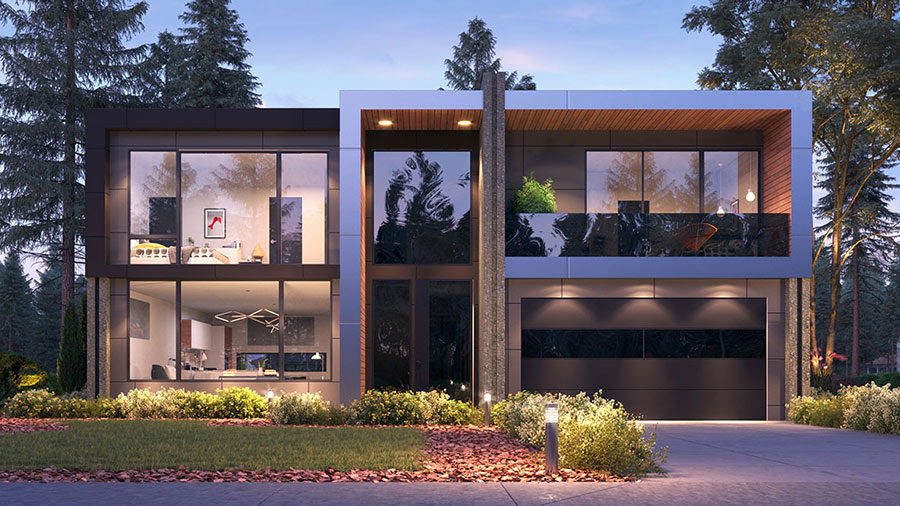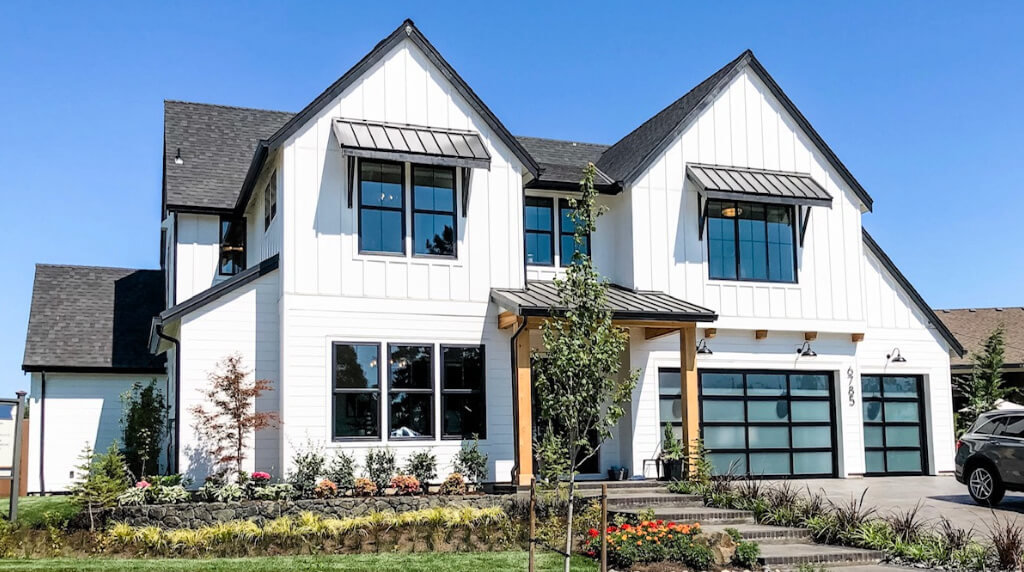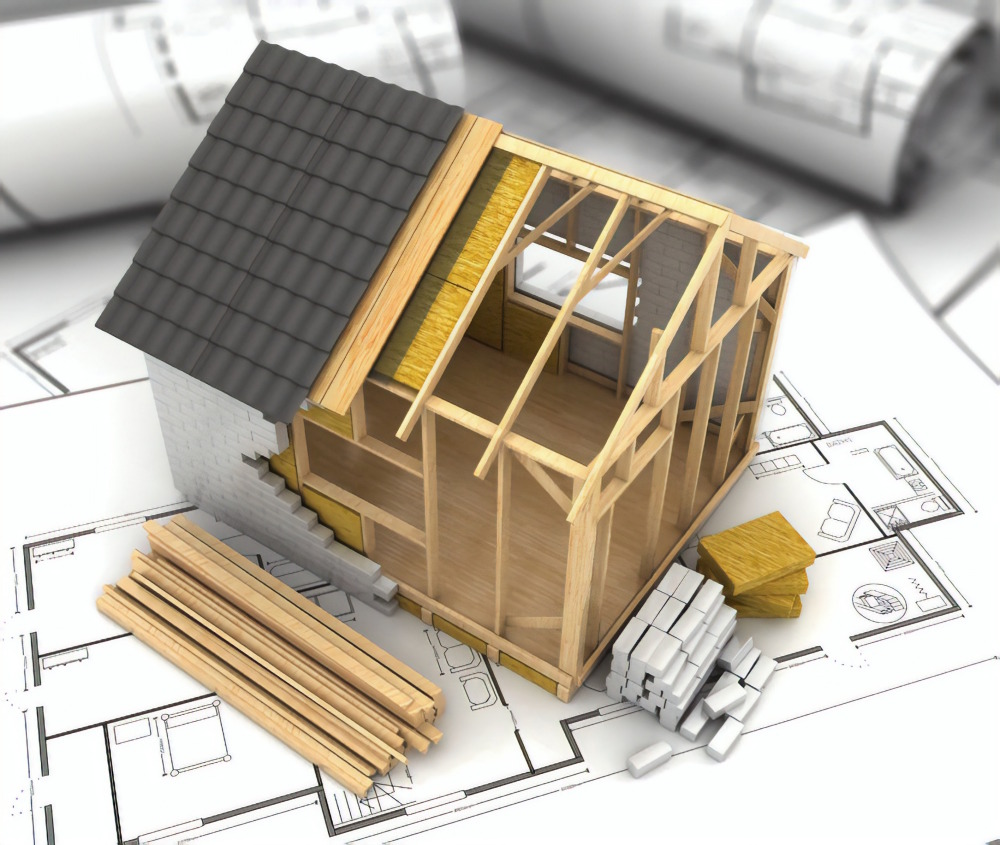
There is a significant shift taking place in the building business. The design, construction, and operation of buildings are evolving due to new materials and technology. Several causes are driving this shift, such as the need to improve sustainability, increase efficiency, and lower prices.
The rise of new built is one of the biggest developments in the construction sector. Buildings that are constructed with prefabricated components are referred to as new built. Prefabrication is the technique of assembling building parts at the construction site after they are manufactured in a factory.
The use of prefabrication has several benefits. It can, first of all, drastically cut down on building time. This is due to the fact that prefabricated parts can be produced off-site and constructed on-site in a significantly shorter amount of time than it takes to construct a building from the ground up.
Prefabrication has the potential to enhance quality control. This is as a result of the fact that prefabricated components are produced in a regulated setting with tight quality controls. This can lower the possibility of flaws and raise the building’s general quality.
Finally, prefabrication can lower expenses. This is due to the fact that prefabricated components are frequently produced in big batches, which can result in scale economies.
Prefabrication has the potential to enhance sustainability. This is due to the fact that prefabricated parts can be more energy-efficiently designed and manufactured using recycled materials.
In the building sector, prefabrication is becoming more and more common. From 2022 to 2027, the prefabricated construction market in the United States is projected to expand at a rate of 7.5% annually.
The Advantages of New Construction

The following is a summary of the advantages of newly constructed:
Decreased construction time: Prefabrication can save a lot of money and increase productivity by reducing the amount of time needed for construction.
Better quality control: Prefabricated parts are produced under tight quality standards in a regulated setting, which can help to lower the possibility of flaws and raise the building’s overall quality.
Lower costs: Prefabricated components might result from economies of scale and lower costs because they are frequently produced in big quantities.
Enhanced sustainability: Prefabricated parts can be more energy-efficiently designed and manufactured using recycled materials.
- High-quality materials and workmanship: Invest in top-notch materials and ensure that your new build is constructed with meticulous attention to detail. This will not only enhance the aesthetic appeal of your home but also contribute to its durability and longevity.
- Energy-efficient design: Embrace energy-efficient building practices to minimize your home's environmental impact and save on energy costs. Consider features like solar panels, insulated walls and windows, and efficient appliances.
- Customizable features: Personalize your new build to match your unique style and needs. Opt for customizable features like cabinetry, flooring, countertops, and lighting that reflect your preferences and create a truly comfortable and inviting living space.

Issues with Recently Constructed
New construction has numerous advantages, but there are drawbacks as well that must be considered. Among these difficulties are:
Opposition from the traditional construction sector: New built projects may encounter pushback from this sector, which is frequently reluctant to adapt. Absence of skilled workers: The adoption of newly developed infrastructure may face difficulties due to the lack of skilled labor in the construction sector.
Regulations: Before new construction may be generally embraced, there may be regulatory obstacles that need to be cleared.
In summary
A promising new technology called “new built” has the power to completely transform the construction sector. New constructed has the potential to improve construction efficiency, productivity, and sustainability by providing a range of benefits, such as shorter building times, enhanced quality control, lower costs, and increased sustainability.
The Prospects for Recently Constructed
Fresh construction has a promising future. New construction is anticipated to gain popularity as the construction sector develops further. The benefits of new built are obvious, and as long as the obstacles are overcome, this construction method is likely to become the norm in the years to come.
The following are some particular instances of new built’s application in the construction sector:
Modular construction: This kind of prefabrication involves the on-site assembly of prefabricated components. Commercial structures like hotels and office buildings are frequently constructed using modular components.
Novel materials: Precast concrete and 3D-printed concrete are two examples of new materials being utilized to produce novel constructed components. These materials have increased strength, durability, and sustainability, among other benefits.
Buildings with sustainable design are frequently constructed using new construction. Buildings that are considered sustainable are made with energy-efficient components and systems to lessen their negative effects on the environment.
A disruptive technology called “new built” has the power to alter the way structures are constructed. New construction is expected to gain importance in the construction sector as technology advances.
